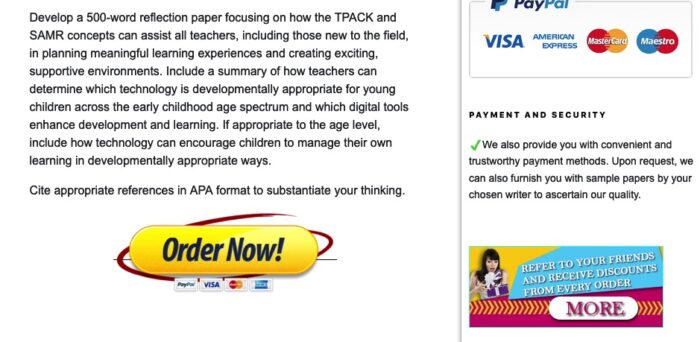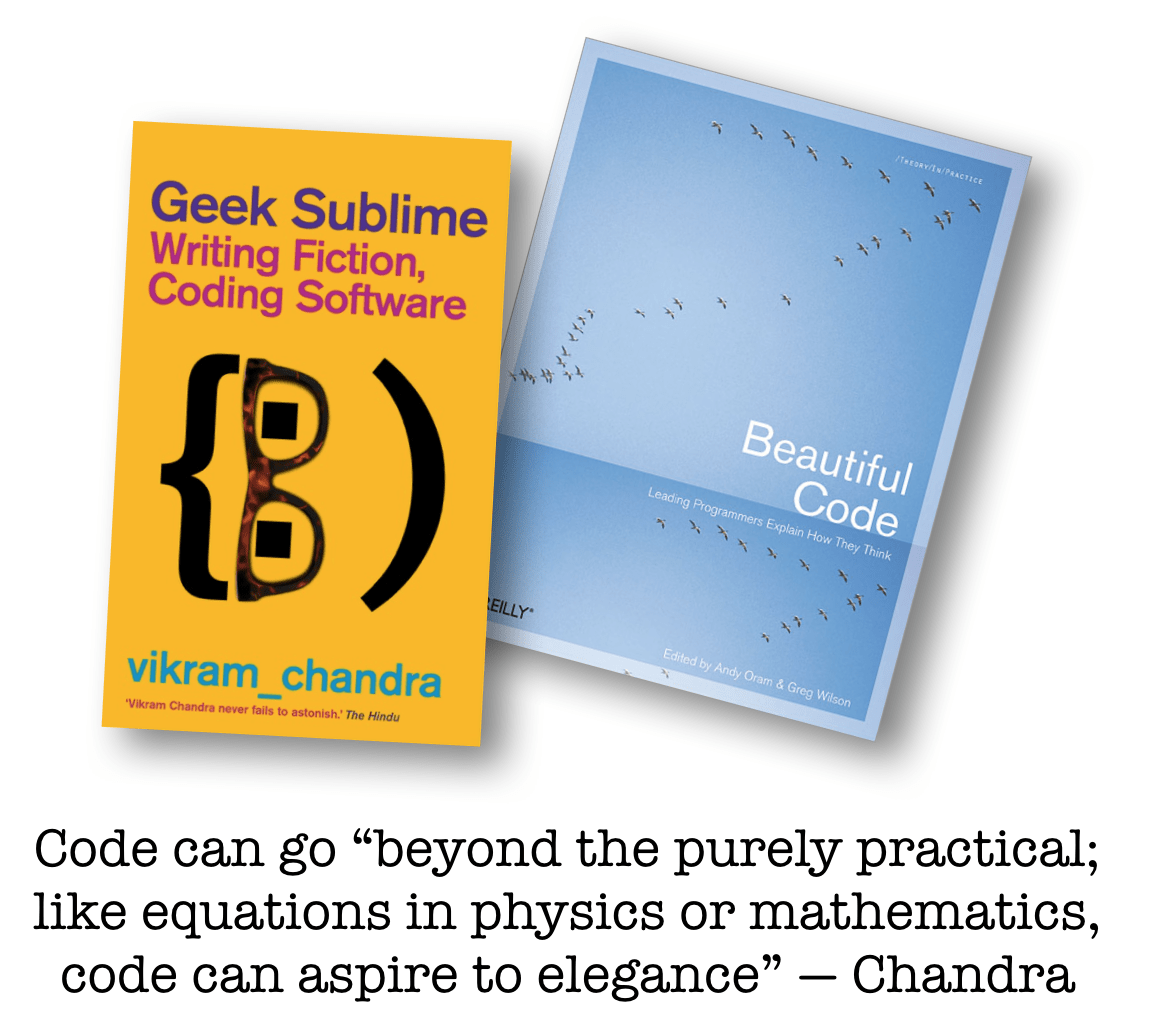The question of impact of one’s work is something that all researchers and scholars care about, particularly in applied fields like education. The question, however, is how is impact to be measured? Over the past few weeks I have had a few instances where my work has been recognized for its impact—on public discourse, in citations from other scholars and in teaching. In at least two of these cases, I am proud of the recognition—and yet, even in those two, I have to admit to some mixed feelings. I question what that “metric” on which my work is “scored” really means, who is included in the scoring and who is not. So it is with these somewhat ambivalent feelings that I present three examples that, just happened, to pop up in the past few weeks.

The first, and maybe, the most meaningful to me personally, was that I made it to the 2022 RHSU Edu-Scholar Public Influence Rankings, at number 77 no less. For those who don’t know what this means, the Edu-Scholar Public Influence Rankings list the 200 university-based scholars who had the biggest influence on educational practice and policy last year. This is the first year that I made the list – and though I was pleased, I was also somewhat puzzled, particularly by the fact that I had landed at number 77! In my very first year? Should I not have started somewhere at the bottom, in the 190’s and worked my way up?
As I looked over the process that was used to generate this list, I wasn’t sure anything significant had changed in the past year in how these rankings were generated – so why did I make this year and not before? The only thing I could think of was that my name had just not been included in the list of names that were researched. This, of course, makes me wonder about all the other people who should be on this list and are not.
This is not to say I am not happy to see my name on this list – but it also gives me a sense of humility as I recognize the inherent randomness in the process. (To be fair, Rick Hess, who curates this list, provides a summary of the process and recognizes possible weaknesses in this, and actually, any approach that seeks to create such a list). As he says
This whole endeavor is an imprecise, highly imperfect exercise. Of course, the same is true of college rankings, NFL quarterback ratings, or international scorecards of human rights. Yet, for all their imperfections, such efforts convey real information and help spark useful discussion.

If the first piece of news was about public influence, the second item focuses more on the academic side of things, on numbers that academics really care about i.e. citations. To give some context, the standard way of measuring the impact of a piece of research is by counting the number of times the piece (usually a journal article) is cited by others. The idea here is that more important research will be cited more often than research that is less important. Citation analysis is typically used by governments, funding agencies, and university tenure and promotion committees to evaluate the productivity and quality of a piece of research – and, via that measure, to judge a researcher’s work. So, one can imagine this is something academics care for even though we know that 90% of papers published in academic journals are never cited.
As you can imagine citation analysis is complicated (for a range of reasons that I will not get into here). Recently, a few researchers attempted to create a standardized citation metrics author database of 100,000 researchers. They made this database (and its updates) public, so essentially anyone can go to the links at the end of this post and download the Excel spreadsheets and see/play with the data. This, being as ego-driven as the other guy, is exactly what I did.
Long story short, of the approximately 70,000 scholars that had education as their field of interest, I was ranked 466 (across my career) and 196 (for the year 2020). This sounds quite amazing really… but a few key caveats are in order. First, the point I had made above, that 90% of published papers are never cited, so that 70,000 number is not necessarily as meaningful as it sounds!
Second, and maybe more important, is the bias inherent in which journals are included in this tabulation. A little bit of digging reveals that the authors extracted data from the Scopus bibliographic database, which contains abstracts and citations for academic journal articles from over 21,000 titles from over 5,000 publishers, primarily focusing (and this the important part) on the scientific, technical, medical, and social sciences. This sounds impressive, but is deceptive, since the journals in this database are not necessarily representative of impactful work in my field, education. This often includes incredibly important and critical work done by scholars working in areas of social justice, philosophy, educational history, teacher education and more. So once again, I am happy to see these numbers, but I also take them with a healthy dose of salt.

The third and final indication that I had arrived was when I learned this morning that students could now purchase course assignment “reflection” papers about my work from an online paper-mill. And there are more than one of these paper-mills out there, letting students download (for a fee of course) papers about the application of the TPACK framework. I am not linking to those websites – since I don’t want to support this line of work that, in some fundamental way, undermines the important work that I, and many of my faculty colleagues, are engaged in—namely to get students to think and to express their thoughts and perspectives through writing. As the screenshots below show, these sites make some impressive claims and promises.


I guess I should feel good about the fact that the TPACK framework is established enough that it has become part of the routine questions that are asked in teacher education courses. But, to me it is more an indication of the fact that TPACK is now just one more framework, one more set of acronyms, that students are supposed to memorize. It is not something they need to engage with intellectually, conceptually and practically…. and that, to be honest, makes me sad. And the words of T. S. Eliot, in the Love Song of J. Alfred Prufock, come to mind,
“That is not it at all,
That is not what I meant, at all.”
________________________
References
Ioannidis JPA, Baas J, Klavans R, Boyack KW (2019) A standardized citation metrics author database annotated for scientific field. PLoS Biol 17(8): e3000384. https://doi.org/10.1371/journal.pbio.3000384. (You can also access the updated database as of August 2021).




Thank you Robin. Your comment was deeply meaningful to me. Maybe more so than the three mentioned in this post (well the first two for sure). Truly. ~ punya
Another measure is less obvious. It is the unseen impact you have made on individuals like me. The time you took to have conversations with me at conferences, over lunch, helping me think about how my own work was an example of the TPACK framework. I don’t think I would be where I am today had it not been for your impact on me and your willingness to share some of your time with me. Thank you.